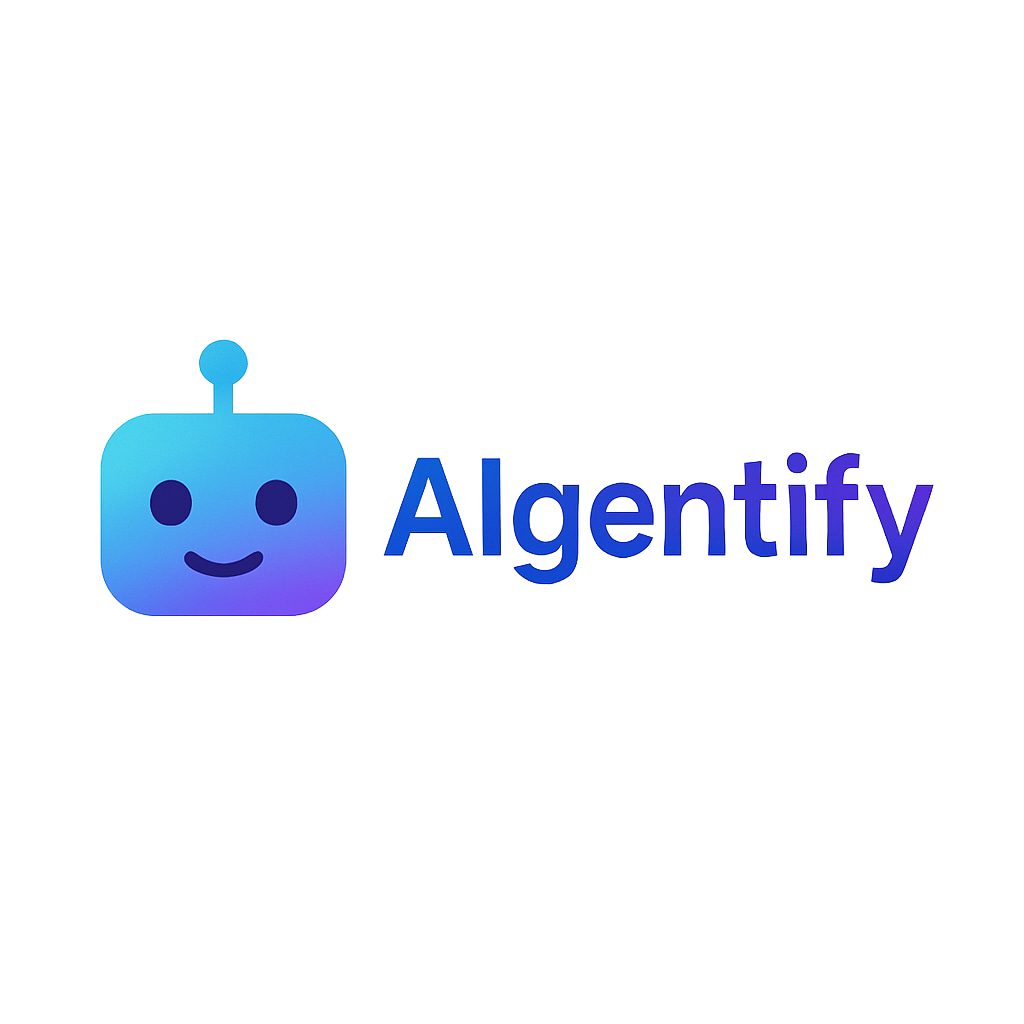Navigating the Top 5 Challenges in AI Agent Development—and How to Overcome Them
2023-12-15
Navigating the Top 5 Challenges in AI Agent Development—and How to Overcome Them
Developing AI agents is akin to assembling a high-performance vehicle: it demands precision, foresight, and a deep understanding of the terrain. While the allure of automation and efficiency is compelling, the journey is riddled with challenges that can derail even the most promising projects. Let's delve into five prevalent hurdles in AI agent development and explore strategies to navigate them effectively.
1. Ambiguous Objectives: The Compass Without a North
Embarking on AI development without clear goals is like setting sail without a destination. Vague aspirations such as "enhance efficiency" lack the specificity needed to guide development.
Solution: Establish precise, measurable objectives. For instance, aim to "reduce customer service response time by 30% within six months." Such clarity aligns teams, informs design decisions, and provides benchmarks to assess progress.2. Data Quality and Accessibility: The Fuel for Your AI Engine
AI agents thrive on data. However, feeding them inconsistent, incomplete, or biased data can lead to unreliable outcomes.
Solution: Invest in robust data management practices. Ensure data is clean, well-structured, and representative of the scenarios your AI will encounter. Regular audits and validation checks can maintain data integrity over time.3. Integration Challenges: Bridging the Old and the New
Integrating AI agents into existing systems can be daunting, especially when dealing with legacy infrastructure. Compatibility issues and lack of standardization can hinder seamless integration.
Solution: Adopt modular architectures and utilize APIs to facilitate communication between systems. Engage in thorough planning and testing phases to identify and address potential integration issues early in the development cycle.4. Security and Ethical Concerns: Navigating the Moral Maze
As AI agents become more autonomous, concerns about data privacy, security breaches, and ethical decision-making intensify. Unaddressed, these issues can erode trust and invite regulatory scrutiny.
Solution: Implement comprehensive security protocols, including encryption and access controls. Incorporate ethical guidelines into your development process, ensuring your AI's decisions align with societal norms and legal standards.5. User Adoption and Trust: The Human Element
Even the most sophisticated AI agent is futile if users are reluctant to embrace it. Fear of job displacement, lack of understanding, or previous negative experiences can impede adoption.
Solution: Foster transparency by educating users on how the AI functions and its benefits. Involve stakeholders throughout the development process to build ownership and trust. Provide training and support to ease the transition and encourage acceptance.In Conclusion
The path to effective AI agent deployment is fraught with challenges, but with strategic planning, clear objectives, and a focus on ethical and user-centric design, these obstacles can be transformed into stepping stones toward innovation. By addressing these common pitfalls proactively, businesses can harness the full potential of AI agents to drive growth and efficiency.
Ready to explore how custom AI agents can revolutionize your business operations? Contact us today to embark on your AI journey.
